site updated : 31.05.2018

|

|

|
|

|
|

|
|

|
|

|

|

|
|

|
|

|
|

|
 |
|
The historical background
The Norwegian Forestcat is a long-established house cat race in Norway, which still lives today free and indipendent from man in the forests of Scandinavia. The history of the Norwegian Forestcat is old, so old, that we depend still today on assumptions as to how this wonderful cat came to Scandinavia. But it already played an important role in the Nordic mythology of Gods. There they speak of a big cat which could not be lifted from God Thor who was known and feared for his strength. Or of big strong cats with long bushy tails which should have pushed the skywaggon of the Nordic love God Freya. In popular fairytales and old songs appear forest-, nymph- and trollcats. The writer Gabriel Scott published a childrens book in 1912 with tales of the male forestcat Solvfaks, which became known in Germany in 1952 under the name of 'Silberpelz' (silverfur). Research proved that the Norwegian Forestcat has genetically nothing to do with the European wild cat . Typ and fur quality are a lot different. |
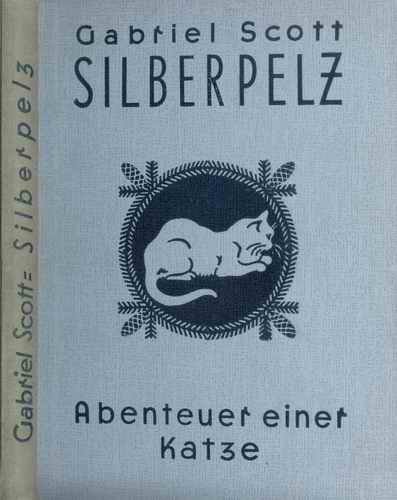
|
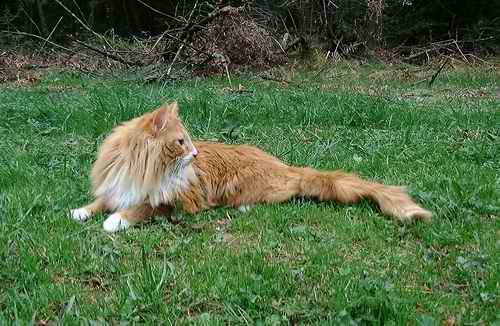
|
Race-Standard :
Long-legged, the hind leggs a little bit higher with the typical knickerbockers, so
that the back ascends slightly (in contrast to the MAINE COON). The paws are
round and strong and between the toes they have thick fur bundles, which
prevent the cat from sinking into the snow. The tail should be rather long, ideally
the tip should reach the shoulder blades. Another striking feature is the very
proportioned head to the body building which equals an equilateral triangle. The
ears are high, big and pointed and positioned such that the extreme edges from a
straight line over the cheek to the chin.
|
|
Lejon av Barnedroem red-tabby-blotched/white 'Lejon' |
|
On the ears the Norwegian Forestcat should wear tufts and brushes. The noseline in its profile is straight, which means that
it goes without interruption (brake) straight over to the forehead. The muzzle forms a harmonic tip. The chin should be expensive,
but not edged. The eyes and the nose mirror should match to the fur colour. As far as the fur is concerned the Norwegian Forestcats
shows almost all possible colours known in the cat world, only the mask-points of the Siamese and the Colour-Points are not
allowed. The x-colour-variants too are known and well interpreted now and they are accepted by the FIFe since May 2004
('cinnamon-' and 'fawn-' => AMBER-... and AMBER-LIGHT-...);
Info about x-Colours!
|
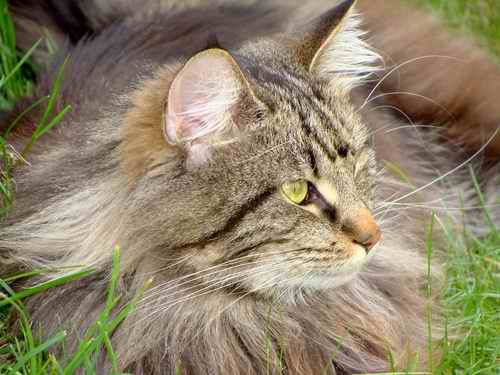
|
|
N* Lottehuset's Azlac black-tabby-blotched 'Snurry' |
|
The character :
On first sight the Norwegian Forestcat fascinates by its magnificent appearance. Who sees the animal moving can easily imagine it in lonely forests or unhosty fjords as a quick hunter. But the wild appearance betrays. In the robust, strong body, a soft an loving soul is hidden. With an astonishing, tender and melancholic voice it demand man to pet it and it enjoys spreading the proof of its love among which the nuzzuling is a thrilling adventure. The Norwegian Forestcats love to be outside, but they adapt easily to their environment and can live happily just as well in a very small hut. But you should give them a possibility to climb and you should occupy yourself sufficiently with the animal. => More information? Please feel free to contact us or => Norsk Skogkattring ! => info about x-colour ! |
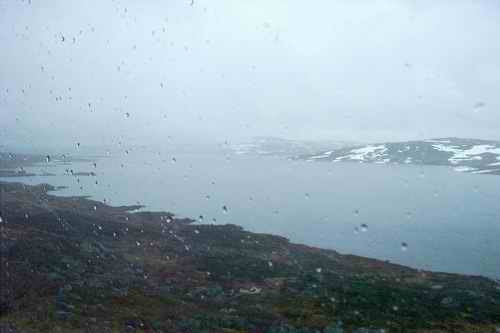
|

|

|

|

|
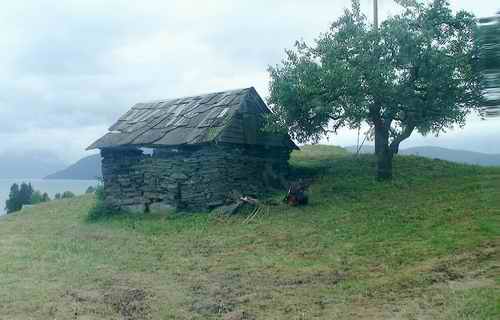
|
| upwards |

|
Short simplified summary about the history of x-colours :
amber and amber-tabby
According to the previous NFO-race-standard the colours 'CINNAMON' and in dilution 'FAWN' as well as 'CHOCOLATE' and in dilution 'LILAC' were not admitted. Therefore often they were called X-colours. But these colours are always present in breeding NFO, as proved since 1992, when S* WILDWOOD's IMER and his brother IROS were born in this colours. And this colours will still exist in future, even if they are very rare. In former times often they might be disappeared as very warm black-tabby cats as pets.
|
|
Baltimoor's Black Cola - amber-tabby-blotched 'Carlos' pedigree with gene-certificate : AMBER is NOT CINNAMON ! |
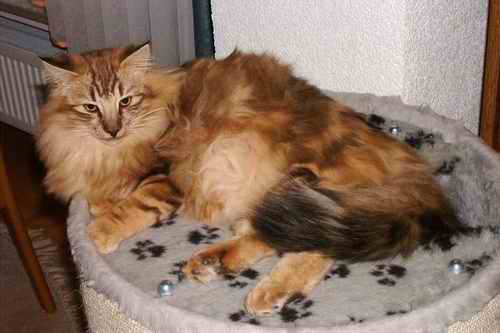
|
Till now the question was : were can we find the genetical source of these colours ? With a lot of testbreedings it could be established that there is no crossbreeding with other races. Now the question was, if it is an independent X-colour-gene - with non-agouti x-colours too - or is it another tabby-version ? With the commitment of competent breeders this was cleared now and the FIFE accepted the colours at the general meeting in Portugal on May 27th/28th 2004. Now they call it 'AMBER...' / 'AMBER-TABBY-...' with all variations. In the meantime there exist the first genetic-certificates that prove that the gene for AMBER-... / AMBER-TABBY-... is NOT the CINNAMON-gene (from the SOMALIS) and other certificates, that prove the NON-AGOUTI-type (a/a) for the 'BLACK-NOSED' Norwegian Forestcats in AMBER. In the years 2007 to 2009 was a scientific work about the NFOs in the colour AMBER resp. AMBER-Tabby. There the gene-mutation, was identified as a completely indipendent gene-mutation : the extension-gene-locus, which now is identified for the Felidae-family for the first time. This extension-locus is known since years at other species with the same effects (please have a look too at 'wikipedia.de' ; at human being the 'red'-coloured hair, at horses the colour 'chestnut', at dogs the colour of Golden Retriever and Irish Setter, and several more individuals). First now the extension-gene is identified at the cats by this scientific work. The EMS-code is nt (09 22,23... etc.); please have a look too at our AMBER-special-site and the summary of links.
|
|
Ybro av Barnedroem - amber (non-agouti) Y-litter pedigree with gene-certificate : NON-AGOUTI ! |
further, please have a look too at :
'info - x-colour'
|

|
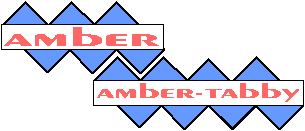
|
| our special darlings from our litters : Y-litter , DD-litter , EE-litter , GG-litter and HH-litter |
the special x-colours AMBER and AMBER-TABBY |
| upwards |

|
homepage |
about us? the crew! |
we belong to the family tom-cat/pedigree | pussy-cat/pedigree | kittens/litters gallery | news | links | history |

|

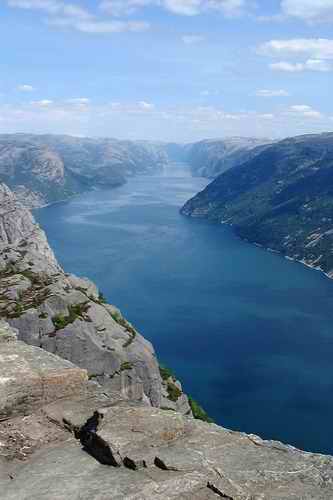

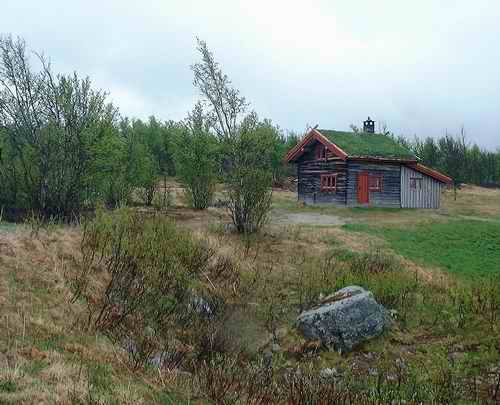
 info@barnedroem.de
info@barnedroem.de